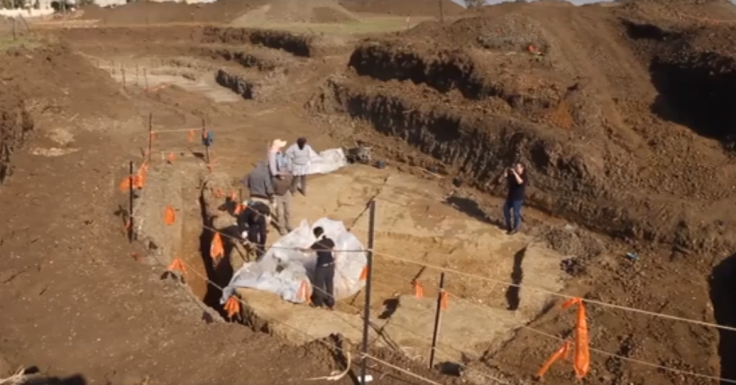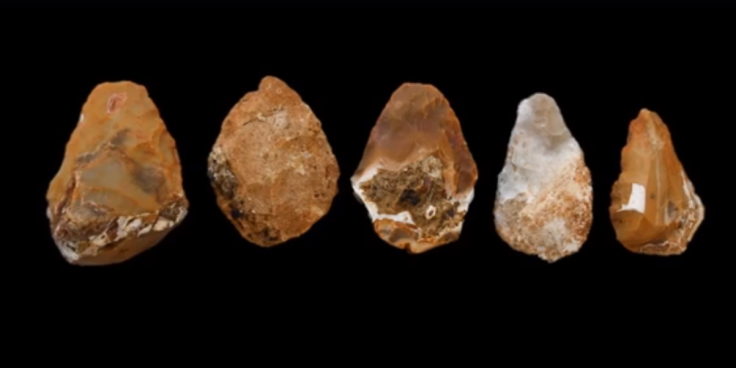Watch video: 500,000-year-old 'paradise' spot of Homo erectus discovered in Israel
Archaeologists uncovered a trove of flint axes and artefacts at the site in Jaljulia.

Excavations at an ancient riverbed in Israel have uncovered an expansive prehistoric site dating back more than 500,000 years. During the excavations at Jaljulia, archaeologists found hundreds of flint axes and other artefacts that they believe were used by Stone Age hunter-gatherers.
According to Maayan Shemer, the excavation director on behalf of the Israel Antiquities Authority, and Professor Ran Barkai, head of the Archaeology Department at Tel Aviv University, the discovery provides significant information about the lifestyle of prehistoric humans during the Lower Palaeolithic period.
"It seems that half a million years ago, the conditions here in Jaljulia were such, that this became a favoured locality, subject to repeated human activity. We associate the industry found on site to the Homo erectus – a direct ancestor of the Homo Sapiens, the human species living today," they said of the site.
The Nahal Qaneh stream previously flowed near the site before changing direction and moving approximately 500 metres south. With the easily available water, vegetation for herding animals and easy access to flint nodules for their weapons, found in the hills around, the location was ideal.
"The water brought flint nodules from the hills, which were used to make tools on the spot, and it attracted animals, which were hunted and butchered here. They had everything that prehistoric people needed," Barkai said of the find. "For people it was like a paradise, so they came here again and again."
Shemer said the artefacts excavated were well preserved and would help to shed light on the practices of this ancient culture.
"We see here a wide technological variety, and there is no doubt that researching these finds in-depth will contribute greatly to the understanding of the lifestyle and human behaviour during the period in which Homo Erectus inhabited our area," she said.
The Israel Land Authority has funded the excavation as part of its expansion plan for Jaljulia. The dig was conducted by the Israel Antiquities Authority in cooperation with the Archaeological Department in Tel Aviv University, neither of which expected to find anything of major at the location.
"Usually in these surveys, you dig down a meter or two and go home," Lena Brailovsky, the Israel Antiquities Authority archaeologist who discovered the site, told Haaretz. "But we knew that in open fields that are close to a river, we could expect to find prehistoric sites. We knew there was something here and we didn't give up."
Of the items found, most were typical bifacial hand axes – which Barkai described as the "Swiss army knife of the Paleolithic". But among the collection, a number of flint tools were also discovered which were made using a more complex technique.

There are only two sites whose estimated age is close to Jaljulia in the Sharon, or central Israel, Shemer pointed out. One in Kibbutz Eyal, approximately 5 km to the north, and the other dates to a slightly later cultural phase, at Qesem Cave located approximately 5 km to the south.
The later site was described as a "school of rock" where numerous flint instruments were made that date back 400,000 years.
"I wouldn't talk about a school in the modern sense, but we can see a specific tradition, a specific way of doing things in the cave, which was passed on from generation to generation," study leader Ella Assaf told Haaretz in November. "There was definitely a mechanism of knowledge transmission."






















